Quaint cafés and beautiful creepers on walls - it is a picturesque walk through the hills of Montmartre in spring.
Cheery Blossoms against a painted blue sky, Wisterias in bloom hanging off intricate iron gates with the sound of an Accordion playing in the distance - that’s how I remembered Montmartre when I first set foot in her 9 years ago. I’m here today and nothing has changed except for perhaps the influx of tourist. Spring I would say is the best time to visit Paris, and Montmartre is one of my favourite places to come to. Artist out in the square painting, while the hustle and bustle of tourist and locals a like sit out to enjoy a glass of wine in spring’s perfect weather, is absolute bliss!
Montmartre is the second highest point in Paris after the Eiffel Tower. From the top, one can view the skyline of Paris and a perfect location to watch the lights display of the Eiffel Tower at night. It is home to the famous white-domed church, Basilica of Sacré Cœur, as well as the old church of Saint Pierre de Montmartre. It is said that artist such as Claude Monet, Piet Mondrian, Pablo Picasso, Vincent van Gogh and even Salvador Dali had studios and worked in and around here.
*How can you not fall in love with this place already?!
Montmartre is the second highest point in Paris after the Eiffel Tower. From the top, one can view the skyline of Paris and a perfect location to watch the lights display of the Eiffel Tower at night. It is home to the famous white-domed church, Basilica of Sacré Cœur, as well as the old church of Saint Pierre de Montmartre. It is said that artist such as Claude Monet, Piet Mondrian, Pablo Picasso, Vincent van Gogh and even Salvador Dali had studios and worked in and around here.
*How can you not fall in love with this place already?!
Basilique du Sacré Cœur - Church of the Sacred Heart.
The Basilique du Sacré Cœur is a beautiful Romanesque-Byzantine styled architecture with its white domes, is a sight that can’t be easily missed. It is the first thing you’d spot when you get to this area. It’s a rather young church compared to the other churches around as it was built about a century ago. It has a beautiful mosaic wall on the inside, which is worth the visit plus admission is free. But there is a fee for those wanting to get to the dome’s viewing deck. Mind you there is no lift to be prepared to climb 300 steps to the top! It is worth the walk up but the view from the front doors of Sacré Cœur is stunning regardless therefore walking up 300 steps is not a-must-do.
*As I sat at the top of the steps and amidst barrels of languages, I could hear the wistful accordion playing in the distance, the vigorous applause for a street performer hanging on the lamppost while balancing a football, the vivacious clicks of cameras, to the endless vendors taking the opportunity to sell chilled beer – it was a sweet harmonious sync of chaos. It wouldn’t be a right of passage to Montmartre if one didn’t experience all of this.
But for a bit more history visit the old church of Saint Pierre de Montmartre. It’s just next to Sacré Cœur and it can be easily missed if you are not looking for it. It is much older than Sacré Cœur. It was founded in the 3rd century by Saint Denis and still contains some of its original Gallo-Roman columns. The antic marbled columns believed to originate from the Roman Temple of Mars that was erected here some 2000 years ago from which Montmartre took its name. This church has gone through wars and been rebuilt to what it is now. Its interior is modest, may not be as impressive as its younger rival but it does hold that aura of grandeur like a fine glass of aged wine.
*As I sat at the top of the steps and amidst barrels of languages, I could hear the wistful accordion playing in the distance, the vigorous applause for a street performer hanging on the lamppost while balancing a football, the vivacious clicks of cameras, to the endless vendors taking the opportunity to sell chilled beer – it was a sweet harmonious sync of chaos. It wouldn’t be a right of passage to Montmartre if one didn’t experience all of this.
But for a bit more history visit the old church of Saint Pierre de Montmartre. It’s just next to Sacré Cœur and it can be easily missed if you are not looking for it. It is much older than Sacré Cœur. It was founded in the 3rd century by Saint Denis and still contains some of its original Gallo-Roman columns. The antic marbled columns believed to originate from the Roman Temple of Mars that was erected here some 2000 years ago from which Montmartre took its name. This church has gone through wars and been rebuilt to what it is now. Its interior is modest, may not be as impressive as its younger rival but it does hold that aura of grandeur like a fine glass of aged wine.
After visiting the churches, one should follow the crowd onto the cobbled stoned streets as it would eventually lead to Place du Tertre (artist square is what I’d call it) where you’d find water-coloured paintings, portrait sketchers and caricaturists selling their wares. This square was once the hub where art legends of the 20th century used to roam. As you walk around the square you’d find little plaques mentioning which artist visit, worked or lived in that building.
*A meal or a drink here can cause a dent in the wallet so I would suggest to move on and explore.
Tourist and tour groups would eventually thin out as you move further into Montmartre. There are some museums to visit but I would rather look for home of artists such as the famous Renoir’s on No.6, Rue de l'Abreuvoir. A visit to the Bateau Lavoire at No.13, Place Emile-Goudeau to see Picasso’s studio where it is said that many artist lived here, under the same roof, where countless stories will tell you about their wild days in the Bateau Lavoire. Rue Lepic is another street to visit to see where Van Gogh lived and to visit the famous The Moulin de la Galette that Renoir used as his stage for his well-known Bal du moulin de la Galette (a painting of a typically Sunday afternoon at this café). Van Gogh has captured this place in a series of his painting too.
But for those Amélie fans, Rue Lepic is also home to the Cafe des Deux Moulains. Everything is almost the same in here except for perhaps the absence of the tobacco counter. Lamarck-caulaincourt metro station and Rue Saint-Vincent is worth the visit too. Loose yourself in Rue Saint-Vincent to its little gardens, quaint houses and little streets – it is a scenic walk.
*A meal or a drink here can cause a dent in the wallet so I would suggest to move on and explore.
Tourist and tour groups would eventually thin out as you move further into Montmartre. There are some museums to visit but I would rather look for home of artists such as the famous Renoir’s on No.6, Rue de l'Abreuvoir. A visit to the Bateau Lavoire at No.13, Place Emile-Goudeau to see Picasso’s studio where it is said that many artist lived here, under the same roof, where countless stories will tell you about their wild days in the Bateau Lavoire. Rue Lepic is another street to visit to see where Van Gogh lived and to visit the famous The Moulin de la Galette that Renoir used as his stage for his well-known Bal du moulin de la Galette (a painting of a typically Sunday afternoon at this café). Van Gogh has captured this place in a series of his painting too.
But for those Amélie fans, Rue Lepic is also home to the Cafe des Deux Moulains. Everything is almost the same in here except for perhaps the absence of the tobacco counter. Lamarck-caulaincourt metro station and Rue Saint-Vincent is worth the visit too. Loose yourself in Rue Saint-Vincent to its little gardens, quaint houses and little streets – it is a scenic walk.
Art shops like this can be found around the Place du Tertre amongst the herds of tourist.
Take a slow stroll towards Rue des Abbesses. It’s a bit of a walk but it is worth wandering into the many streets towards the Square Jehan Rictus where the ‘I love you’ wall resides. Just before reaching the main street, by Place Emile-Goudeau, turn left onto Rue des Trois Fréres where you’d come across Maison Collignon (the famous little shop in the movie). At the fork, where the shop is located, follow the steps down to the little garden. It’s a perfect place to have a picnic in peace.
*At every turn I couldn’t help but stop and observe every little detail. Hidden gardens are almost easy to miss if you’re not looking for it. There are a few here that are worth taking the time to look for as it’s beautifully manicured and constructed. In these little niche gardens you could sit and wander the day away without ever hearing the noise from the street outside.
*At every turn I couldn’t help but stop and observe every little detail. Hidden gardens are almost easy to miss if you’re not looking for it. There are a few here that are worth taking the time to look for as it’s beautifully manicured and constructed. In these little niche gardens you could sit and wander the day away without ever hearing the noise from the street outside.
The heart of Montmartre is right on Rue des Abbesses where you’d find bars, cafés and the Square Jehan Rictus. This placed is rich with life where it isn’t just tourist but mostly locals – those who live here in Montmartre that go about their day. If anything, this is the perfect place to have a glass of wine and people watch.
Apart from all of the above, the one this that you can’t miss or ignore is the graffiti tags. It’s all over the place – at every corner, nook and cranny there is a piece of art. Modern day art rather. After all this is where some of most famous artist came to live, work and draw their inspiration from. Paris has made graffiti art or tagging legal hence you’d see graffiti almost every where.
*My personal favourite would have to be Invader. Where little space invaders made up of old tiles would be placed high up a building or at obscure places which one can easily miss it if not looking for it.
If you here at night and looking for a night of debauchery then head on over to Boulevard de Clichy where you’d find the well known Moulin Rouge as well as the old Elysees Montmartre Theatre, one of the oldest can-can theater in Paris. There is also an Erotic Museum along this street. It wouldn’t have been an attraction back then if it weren’t for this street and the cheap rent that attracted the famous artists to live here, which now in turn have become a well-known tourist destination and sort after properties.
Apart from all of the above, the one this that you can’t miss or ignore is the graffiti tags. It’s all over the place – at every corner, nook and cranny there is a piece of art. Modern day art rather. After all this is where some of most famous artist came to live, work and draw their inspiration from. Paris has made graffiti art or tagging legal hence you’d see graffiti almost every where.
*My personal favourite would have to be Invader. Where little space invaders made up of old tiles would be placed high up a building or at obscure places which one can easily miss it if not looking for it.
If you here at night and looking for a night of debauchery then head on over to Boulevard de Clichy where you’d find the well known Moulin Rouge as well as the old Elysees Montmartre Theatre, one of the oldest can-can theater in Paris. There is also an Erotic Museum along this street. It wouldn’t have been an attraction back then if it weren’t for this street and the cheap rent that attracted the famous artists to live here, which now in turn have become a well-known tourist destination and sort after properties.
Maison Collignon's on Rue des Trois Fréres.
Metro Stations:
| Anvers Exit right and you’ll see Basilique du Sacré Cœur right in front of you. Tip – don’t walk with the crowd. Turn right again and then take your first left onto the parallel street. Abbesses You’ll exit right onto Square Jehan Rictus where the ‘I love you’ wall is. Also to the various cafes, bars and shops in this area is worth sitting down for a drink or meal without denting the wallet. | Pigalle Takes you right onto debauchery central – the middle of Boulevard de Clichy. Blanche It’s at the end of Boulevard de Clichy and exits onto Moulin Rouge. Lamarck-Caulaincourt Totally the opposite end of Montmartre district and made famous by the movie Amélie. It’s a beautiful walk up towards Sacré Cœur as an alternative route. |
Parisians taking the opportunity to be outdoors, get a tan and nap while their dog stands on guards. And they were seriously fast a sleep!
The cobbled stoned streets, the many little gardens and street art gives Montmartre its charm. The gardens and churches to its old bricked buildings – the history, culture and stories it holds is endless. Montmartre has a certain type of charm that would reel you back in subconsciously every time you think about Paris – it does at least for me.
The can-can theatres to the peep shows, the various little cafés and shops – it is one place you’ll want to sit in and take in the air. I love this place for its unique symbiosis nature of the past and present. The mix of beautiful food and quaint cafés live in the same quarters with a street tempting one to sin and a church at the top of it where pilgrims come to pay their respects. It’s a small space for so much contrast to live in that some how works beautifully.
*Perhaps its just me being romantic about this place but I honestly do love the fact you have everything in just one small area.
View the gallery for more photographs.
The 'I Love You' wall where you'd find the phrase 'I love you' written in almost every language.

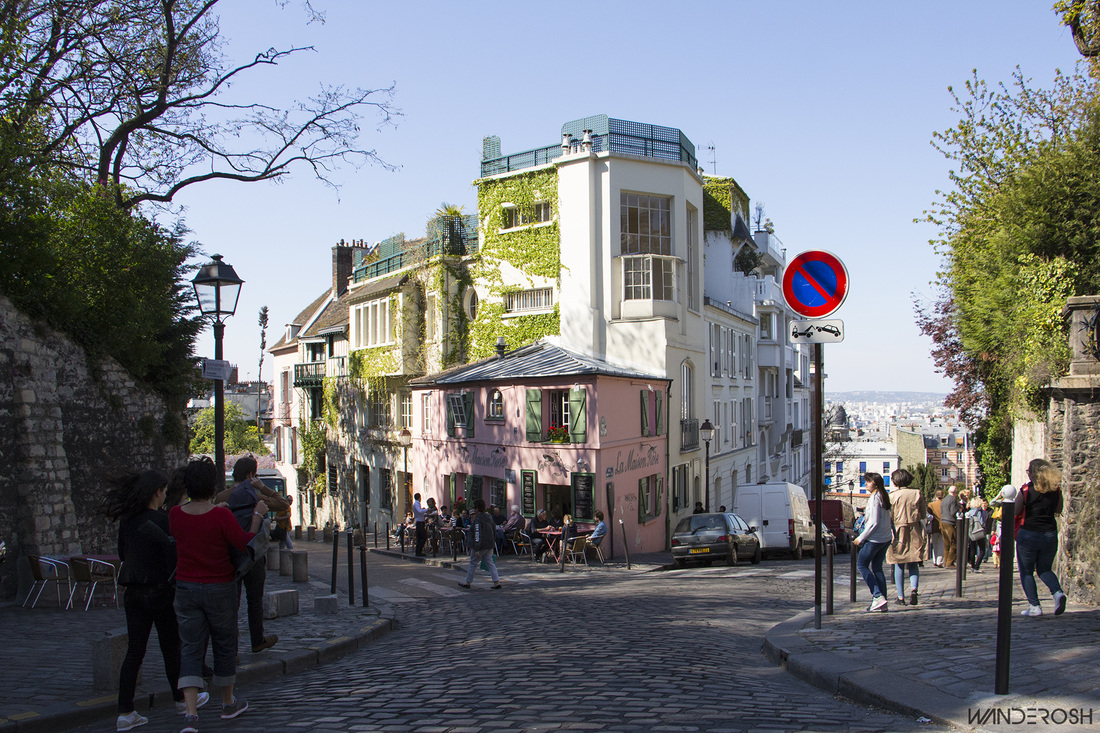
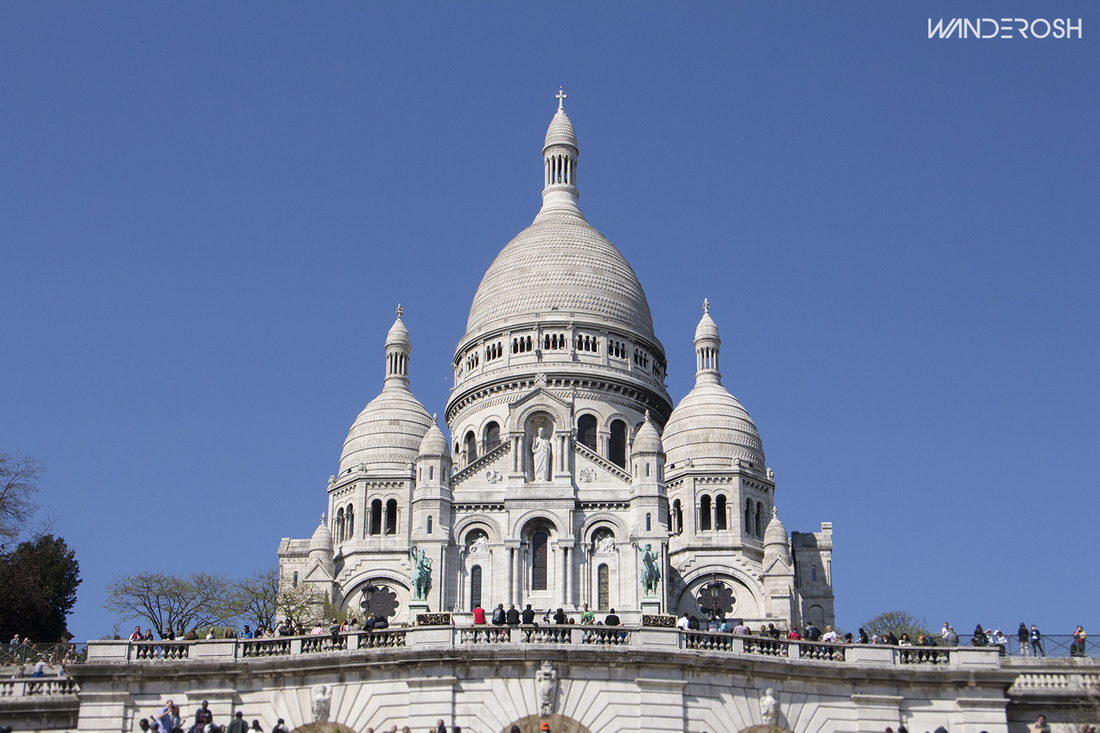
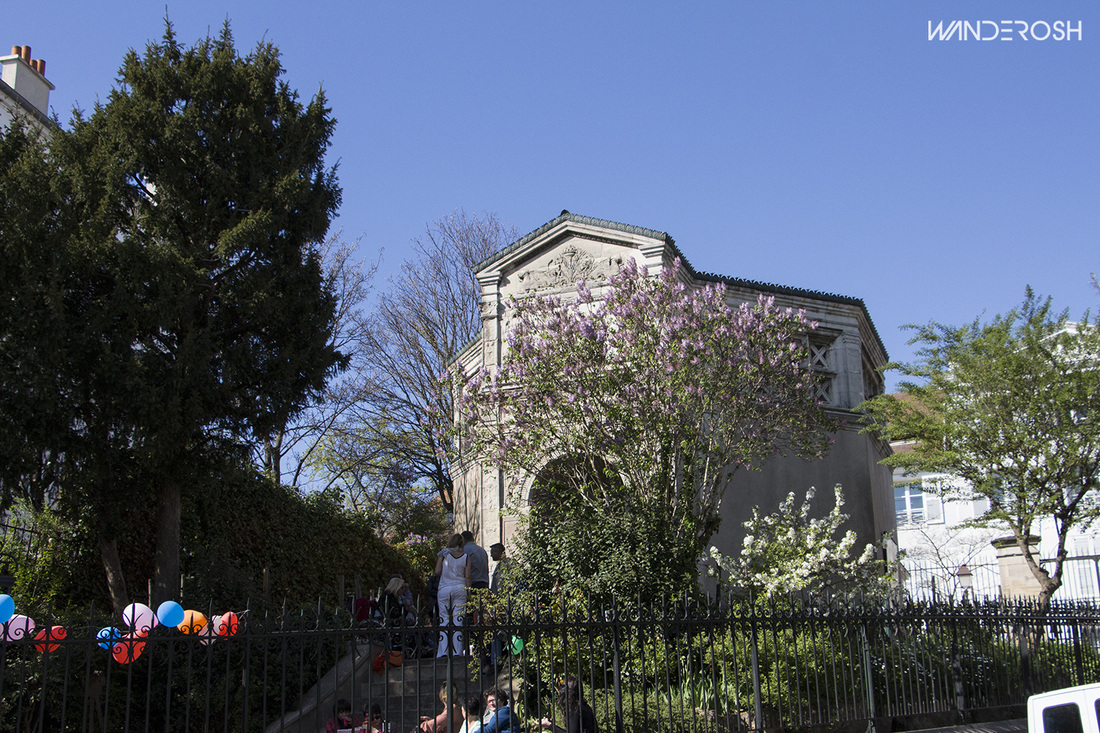
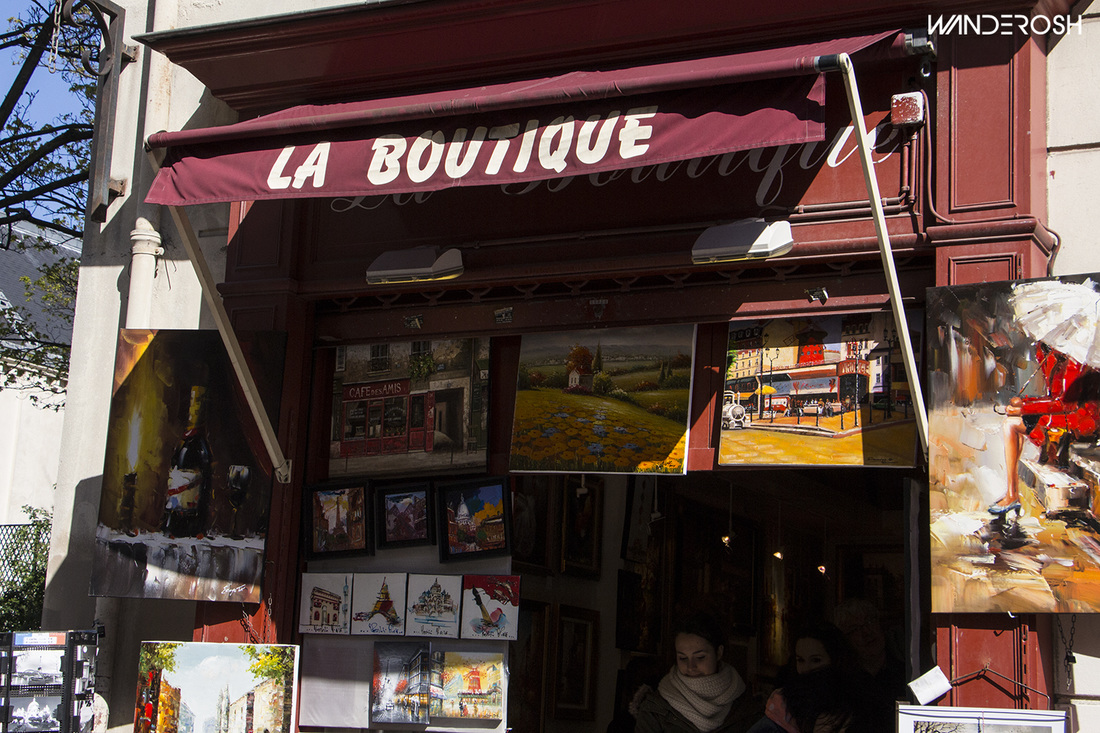
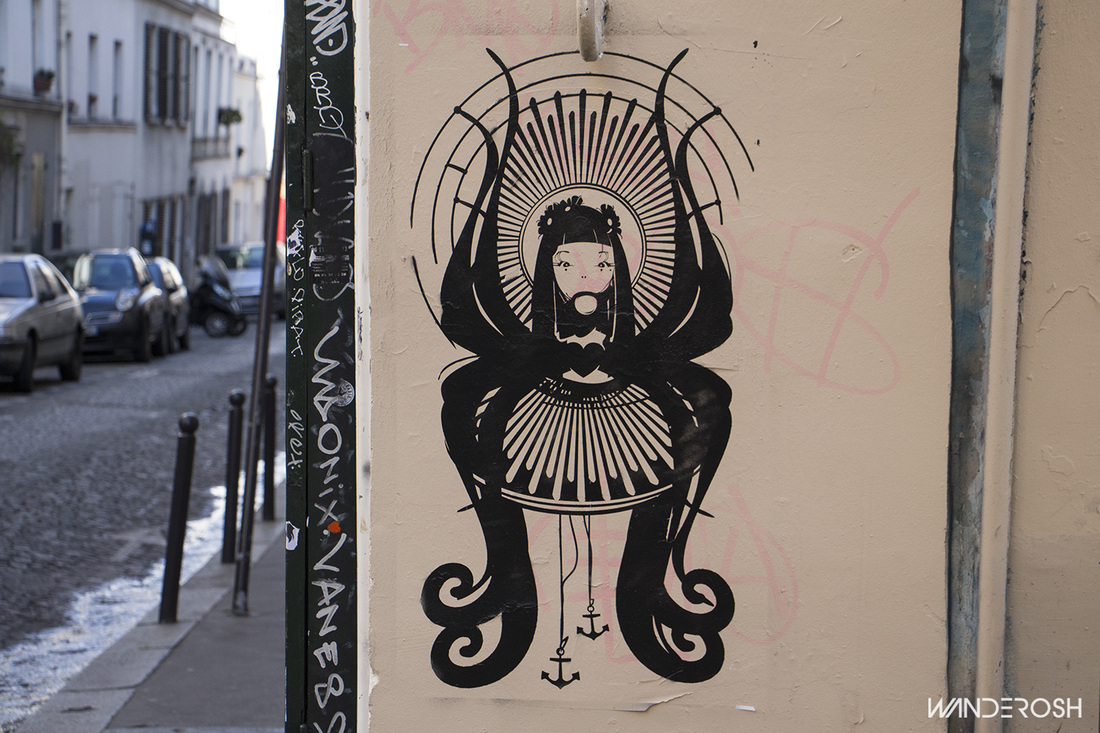
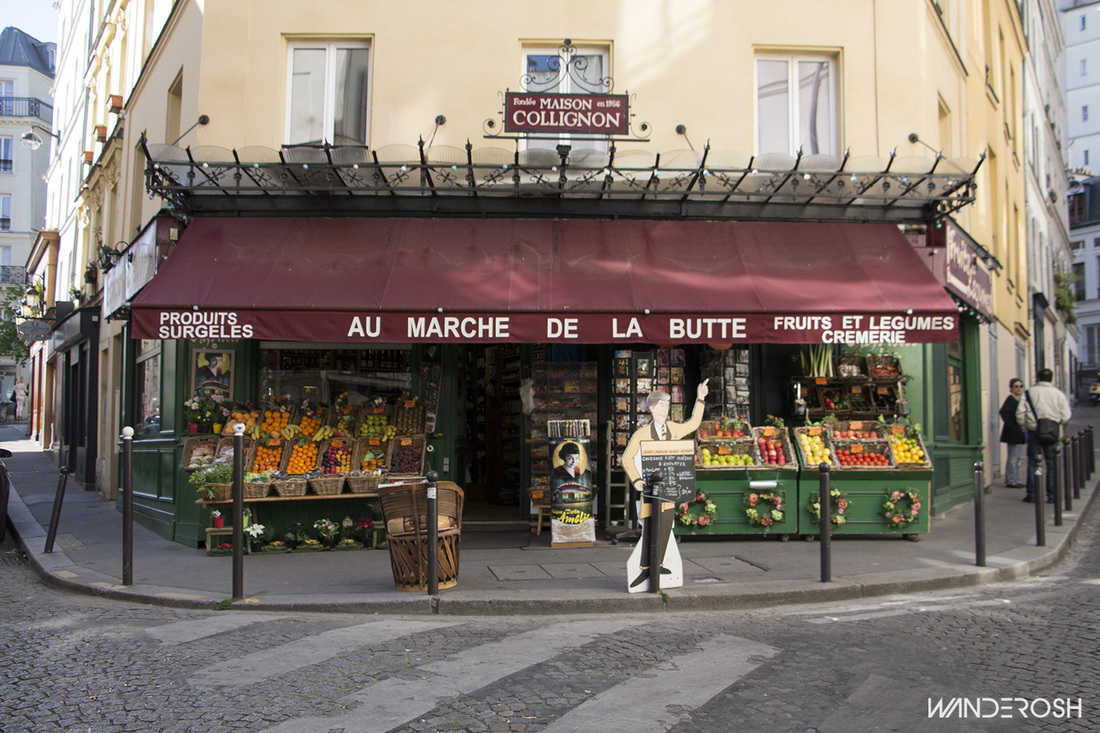
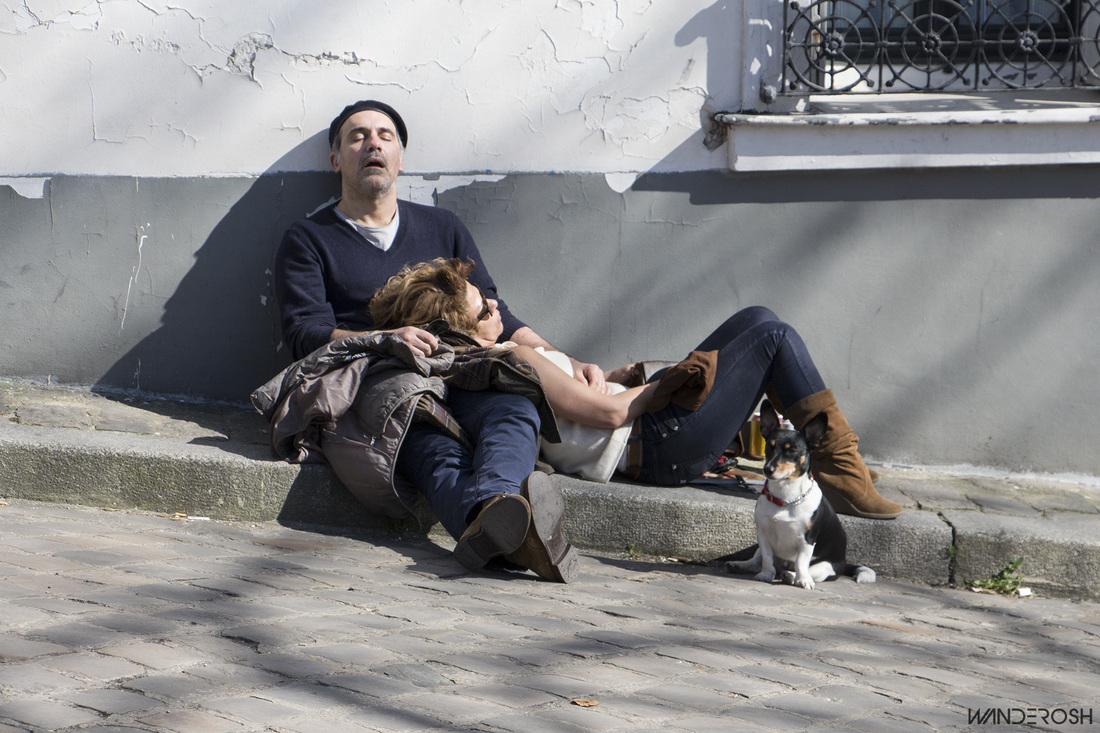
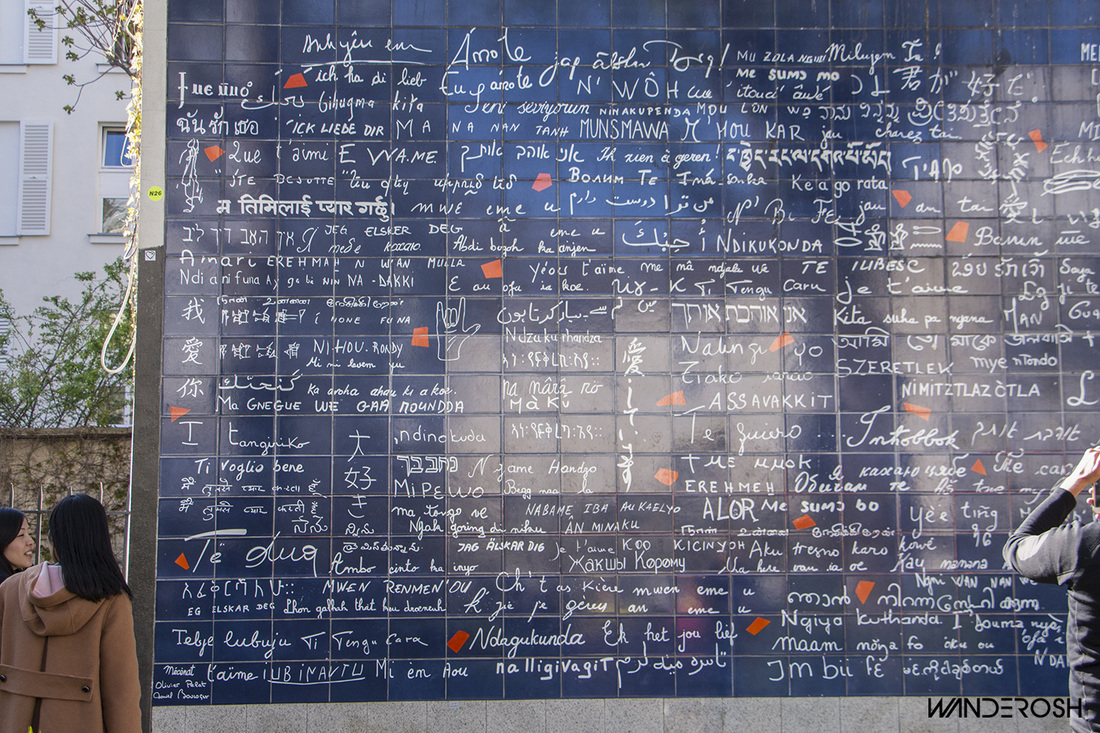
 RSS Feed
RSS Feed